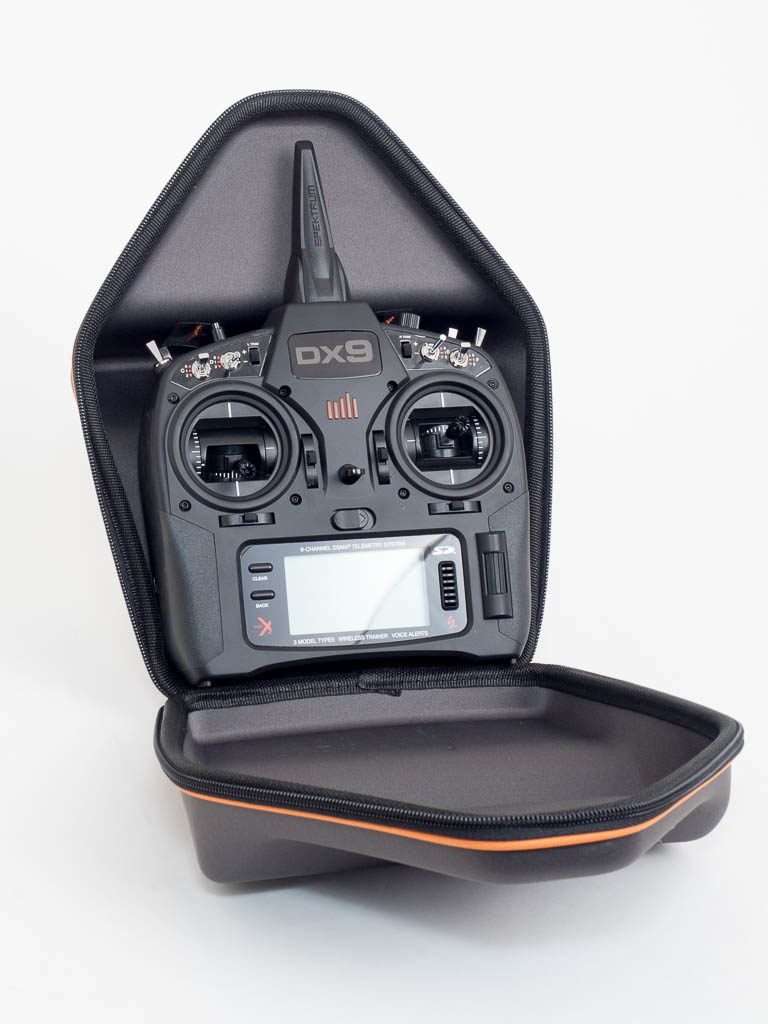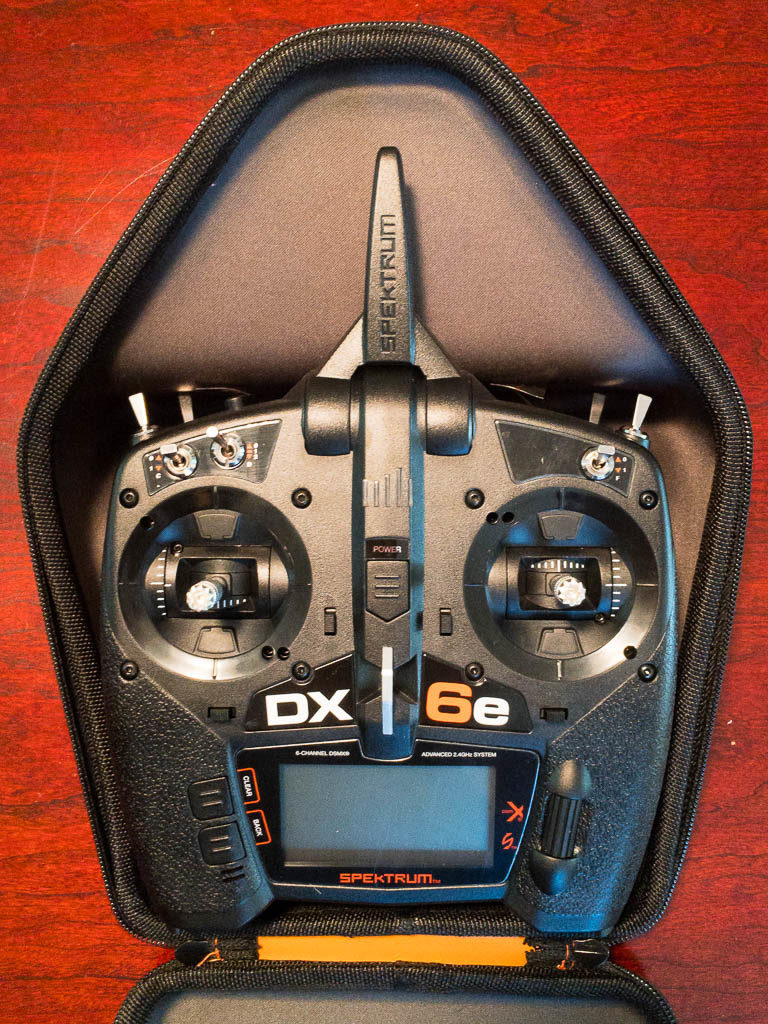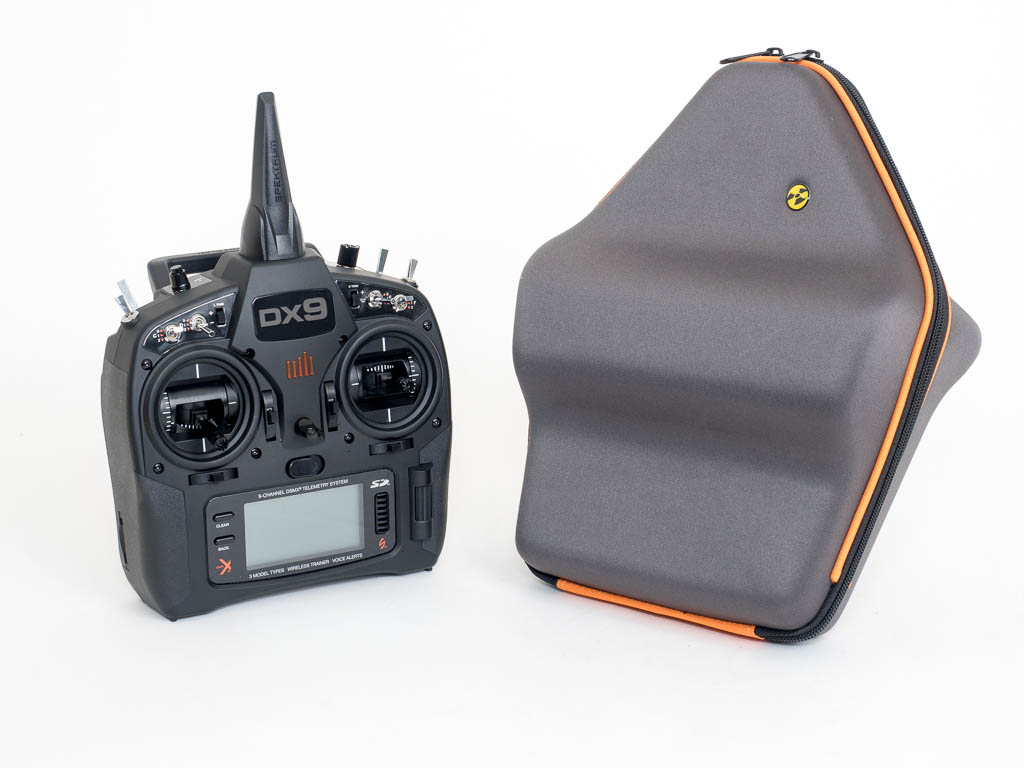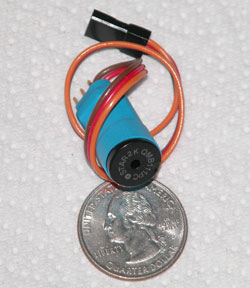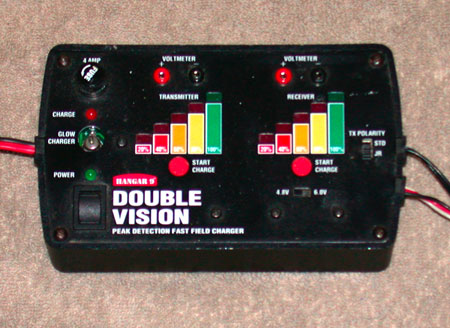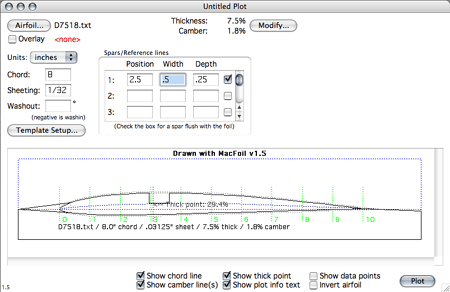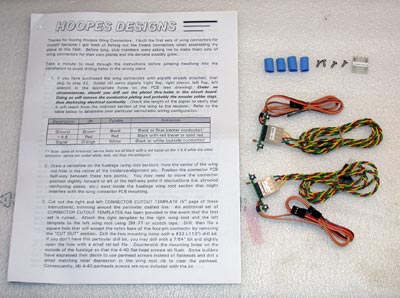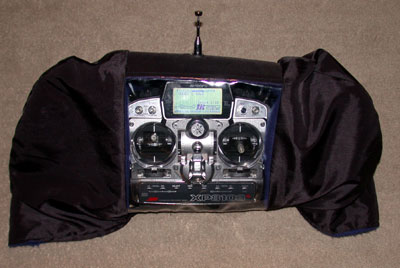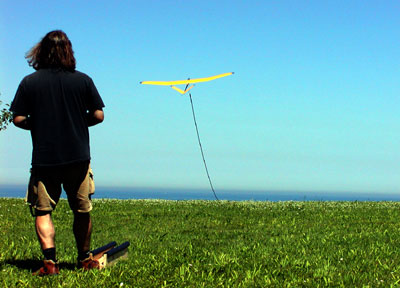Anyone that has flown on a slope before knows that sooner or later your plane will go down but where it lands sometimes can be a real mystery. Most of us have spent more time than we’d like to admit walking around aimlessly hoping to find our missing airplane. I hate when that happens and if you don’t find your plane it’s enough to get a guy really angry or depressed or both.
Several years ago I discovered a lost model locator made in New Zealand. I ordered them from a web site that is no longer in business. In fact, the company in New Zealand quit making these fantastic lost model locators all together.
I have tried similar products made in South Africa and China but none of them measured up to the New Zealand screamers. They were either too weak sounding or they just produced a series of beeps that were hard to hear with all of the other noise typical of most slope locations.
SkyKing RC Products has just introduced an American made lost model alarm that retains some of the great features of the NZ alarms but with an added feature of a low voltage alarm.
You can easily install this alarm in any EPP model by sharpening the end of a ½” OD brass tube. You just drill a hole and insert the alarm in it. No glue required. It’s a perfect and tight fit. It also makes it easy to remove and use in a different model. In a crunchy, you can just glue the locator to any convenient location inside the fuselage.
In order to use the alarm you just plug it into a spare receiver channel. It doesn’t matter which one. If you don’t have a spare channel the alarm has a built in “Y” harness feature. Just plug your servo into the lost model alarms and plug the lead coming from the alarm into your receiver. The signal will pass through the alarm and go straight to your receiver.
When you turn your transmitter off, the lost model alarm signal will begin to sound. It uses the receiver battery pack for power. A fully charged pack will allow the alarm to run for nearly three full days, which hopefully will be more than enough time to find your model.
Here’s what sets these alarms apart from all the others I’ve tried. They are really loud and the signal is a series of rising and falling tones that are not easily masked by wind or bug noise. The others I’ve tried use a beep tone that does not change in pitch so they are not nearly as effective at providing an easy to hear and follow directional signal path.
The alarm’s low battery warning is really quite sophisticated. YOU CAN USE 4 OR 5 CELL PACKS with this locator. All the other alarms with low battery detection only allow you to use four cell packs. The SkyKing locator’s circuit can detect the cell count difference.
When you first turn your RX on the locator will emit either 4 or 5 beeps depending upon what number of cells are in your receiver battery pack. If your pack is within the safe limits of flight the alarm will remain silent. But, if your pack is too low for safe flight (below 1.15 volts per cell) the alarm will emit a very annoying sound that reminds me of the music from the shower scene in Psycho. You can test out these two sounds at: http://www.skykingrcproducts.com/accessories/lostmodel/lost_rc_model_alarm.html
In flight if you should hear the shower scene music you know you better land. The other alarms have you count beeps in order to determine your battery condition. Try that sometime on a windy day. Was that two beeps I heard or three or was it four and what do those different beeps mean again? Well, you get the idea. It’s a lot easier to hear nothing or an easy to identify signal.
I liked all the features of this product. I also liked the fact that it was made in the USA and I liked the price. This is a very cheap insurance policy. If you lose even the most basic plane you’ve probably lost at least $250. I put one in every plane I fly on the slope. That’s how much I believe in the concept.
But that’s just one mans opinion.
